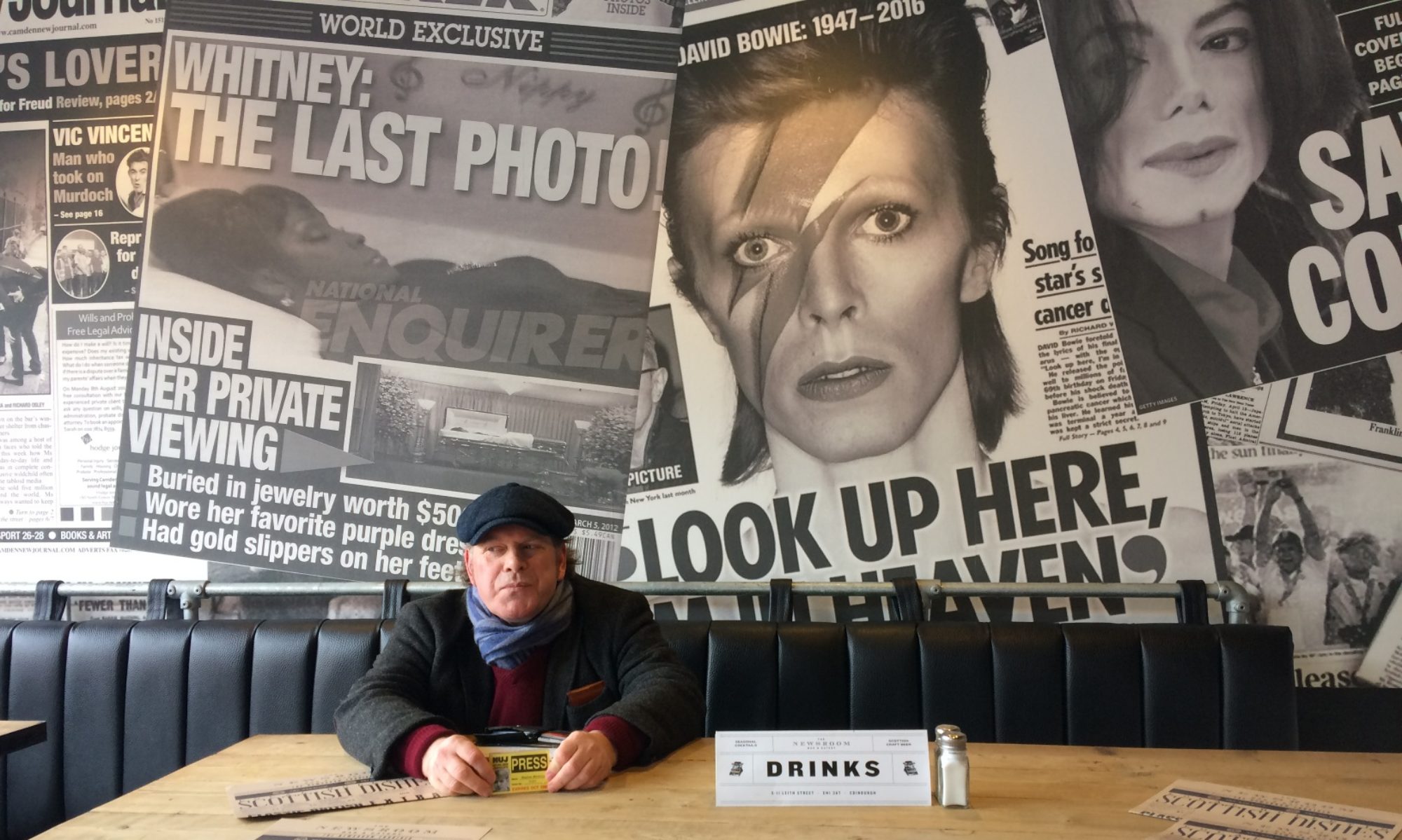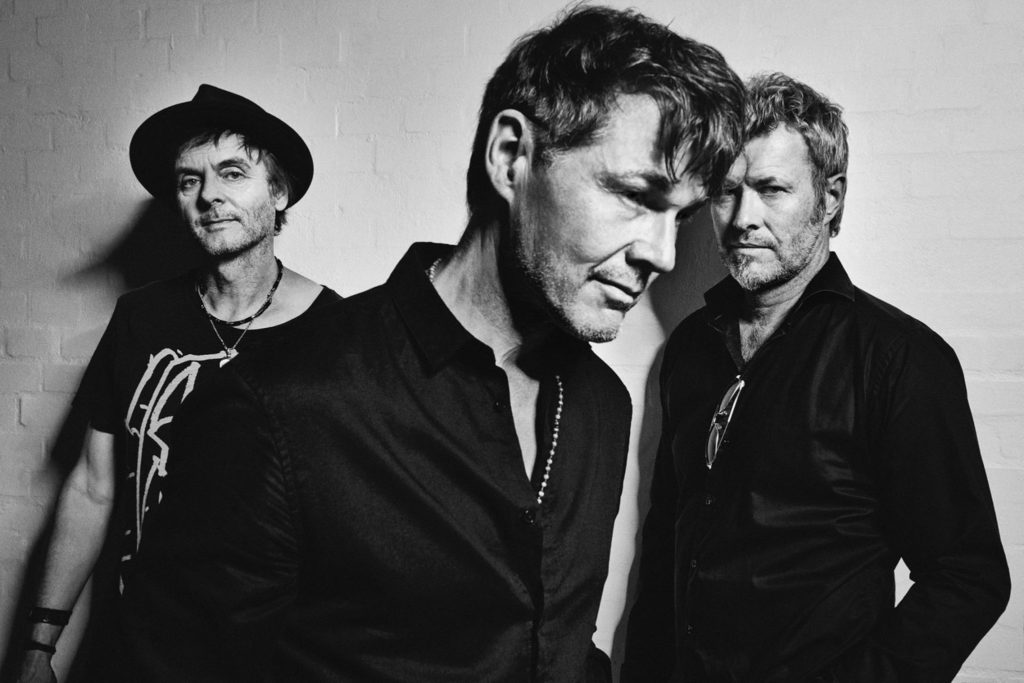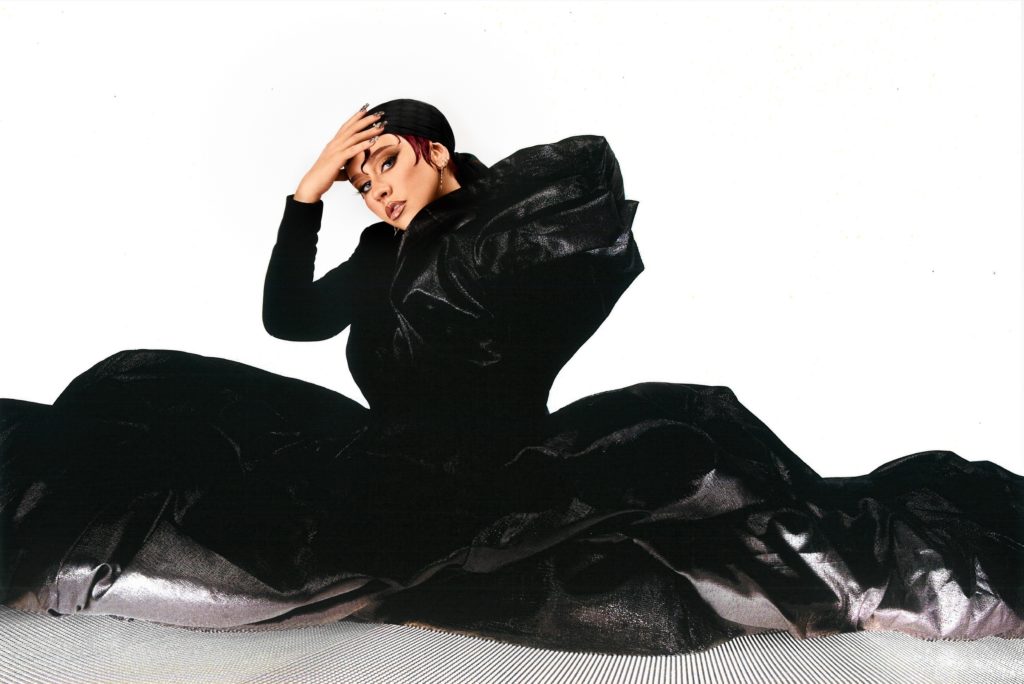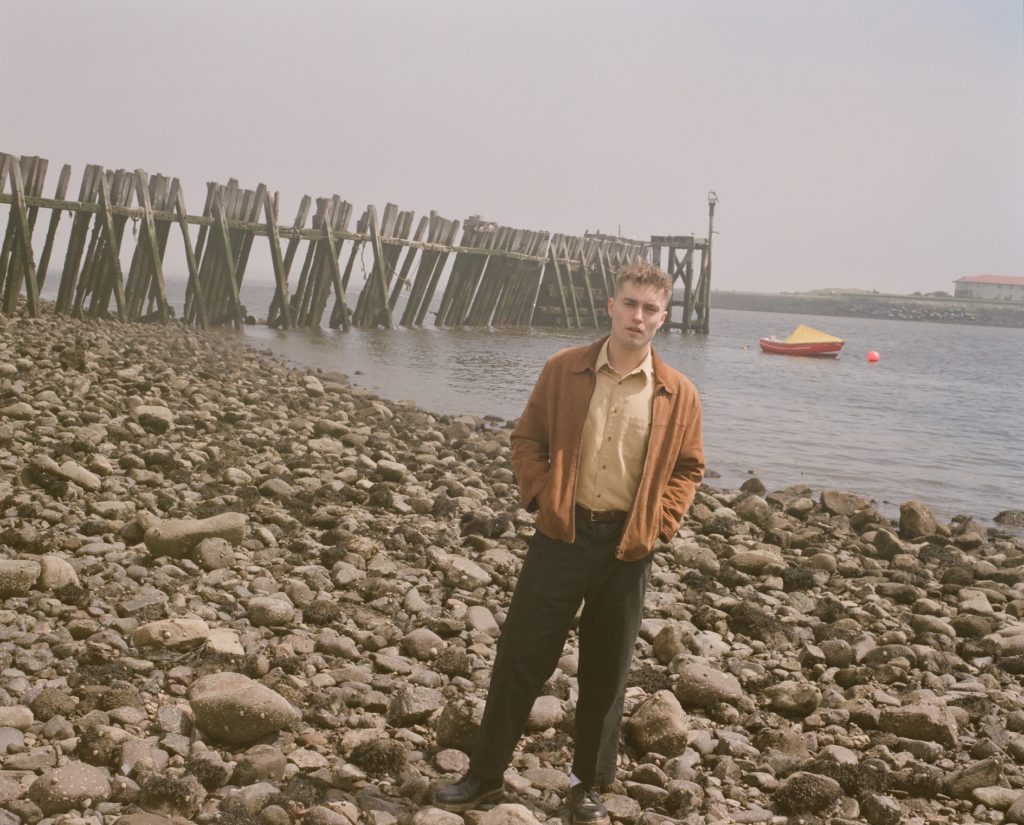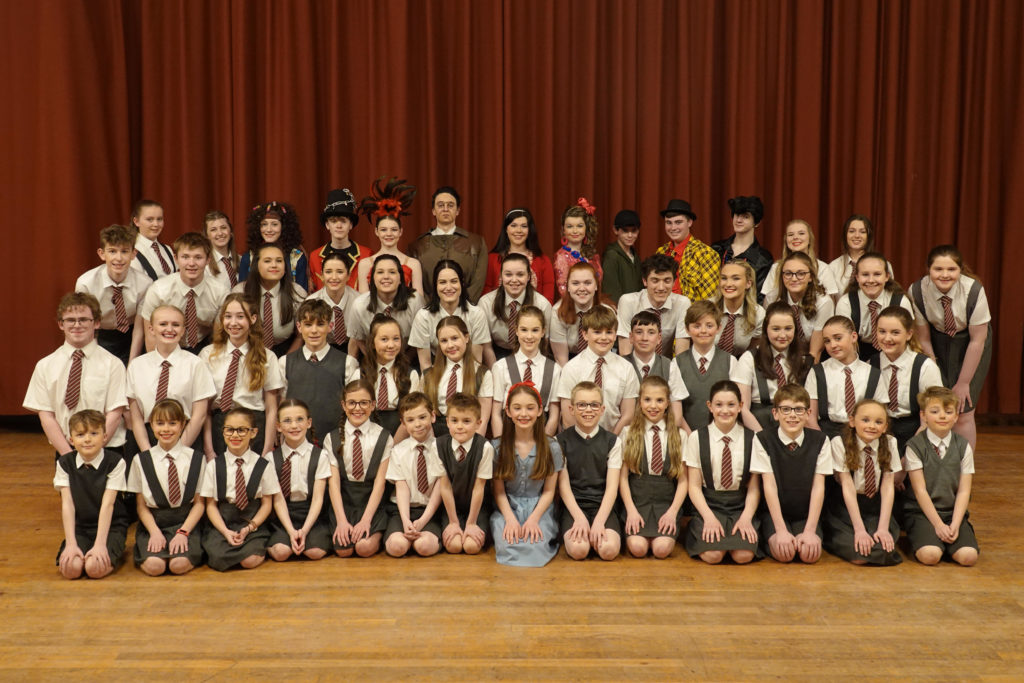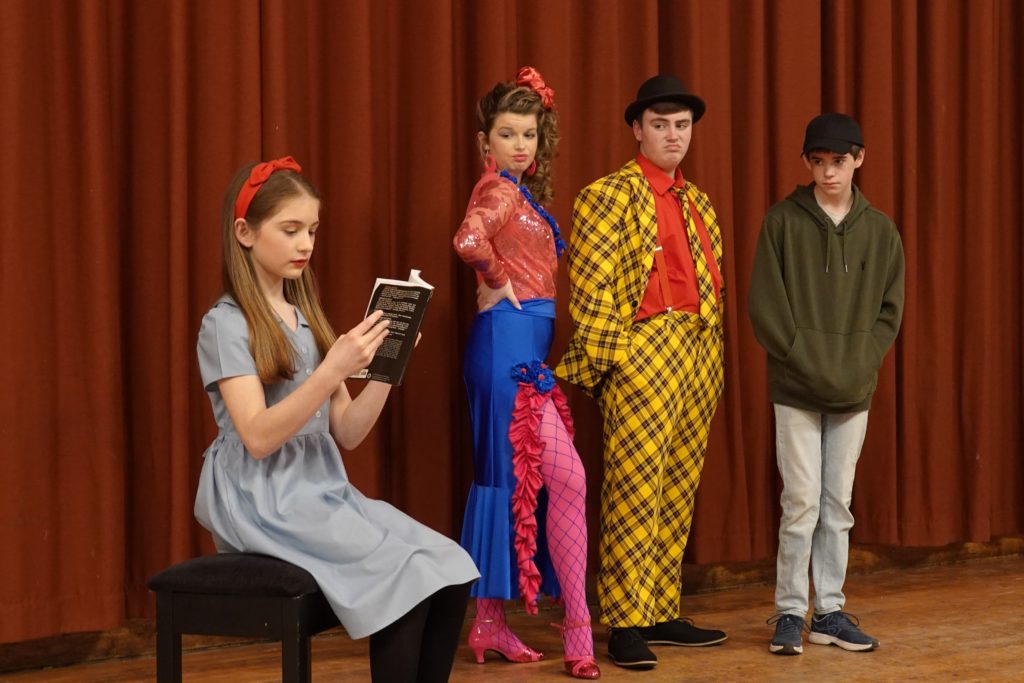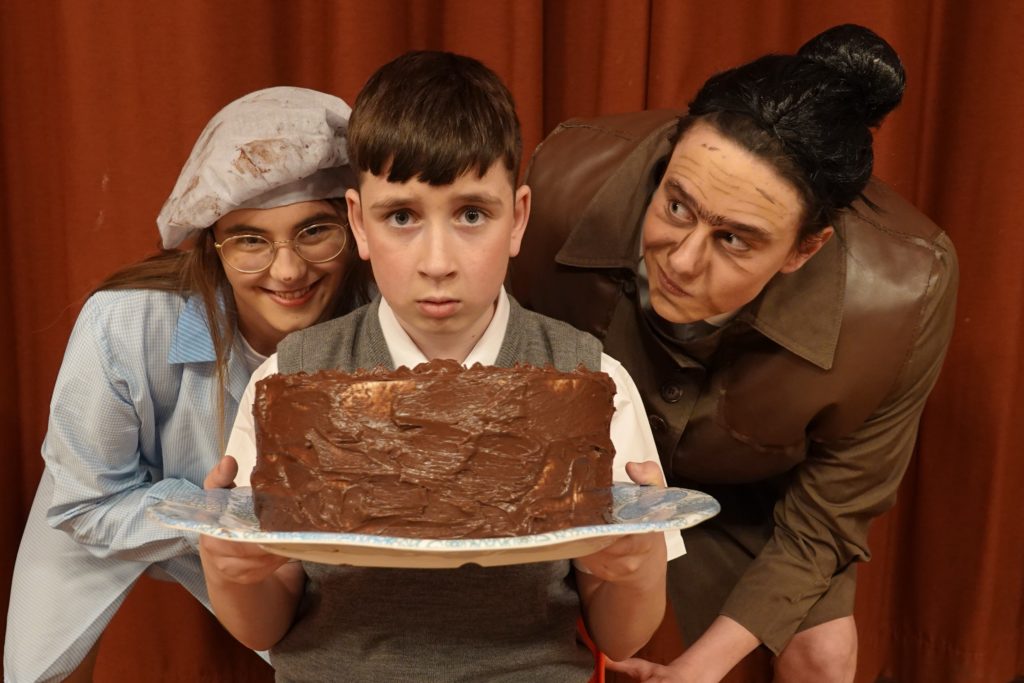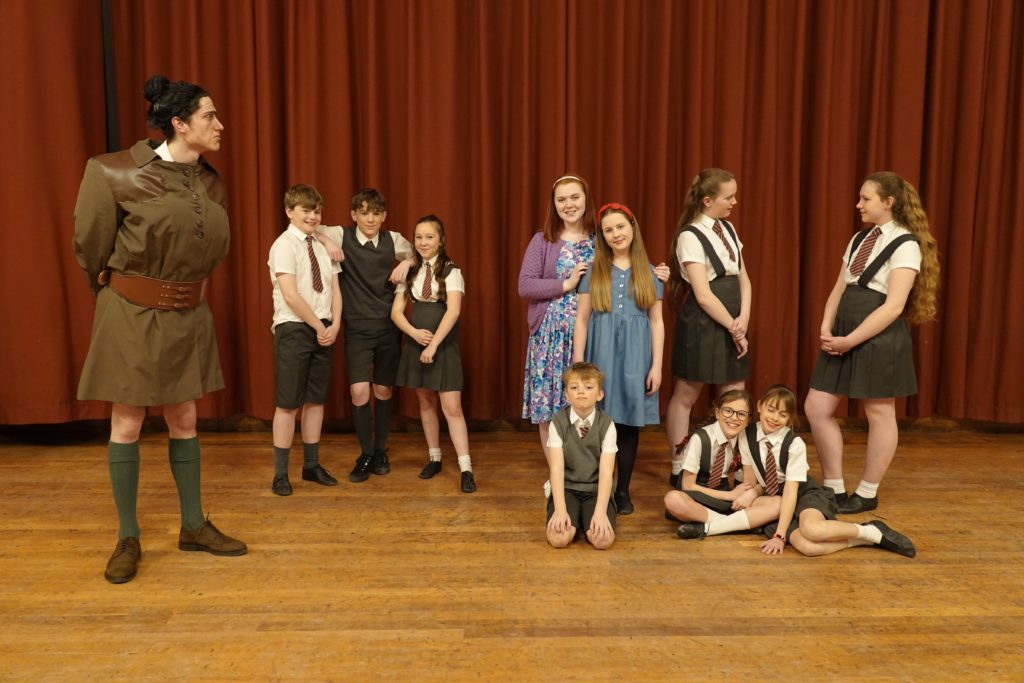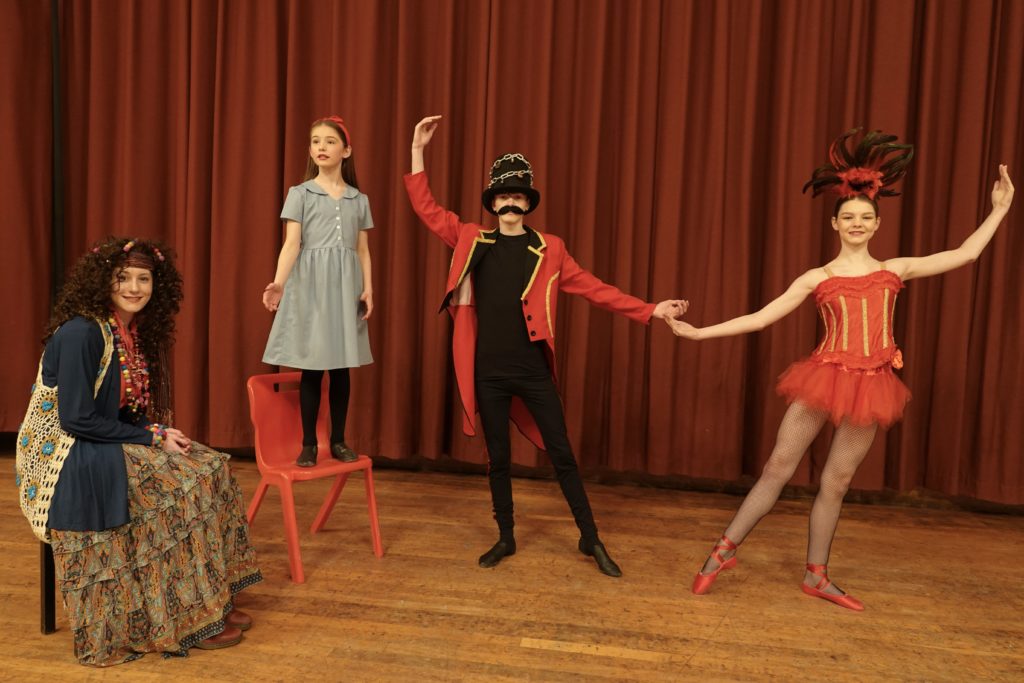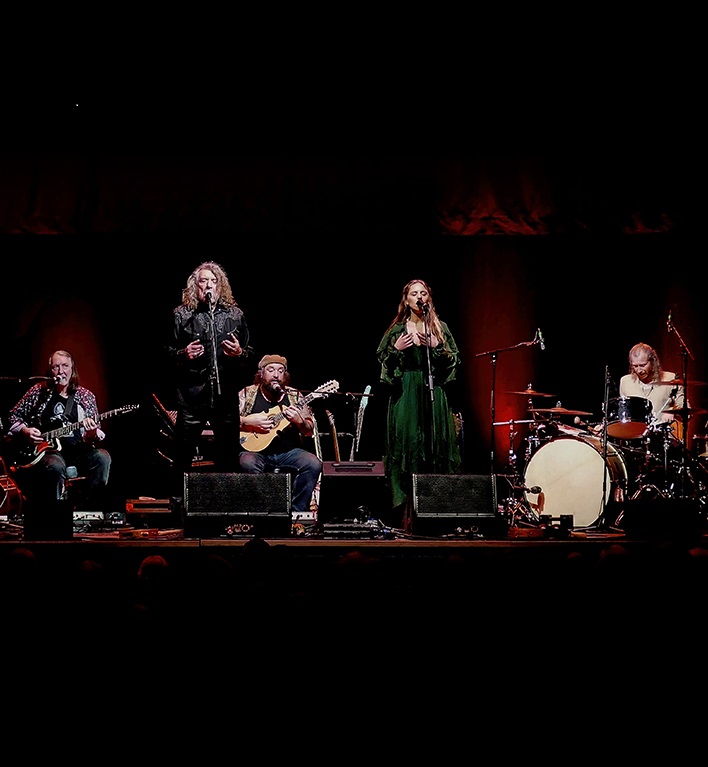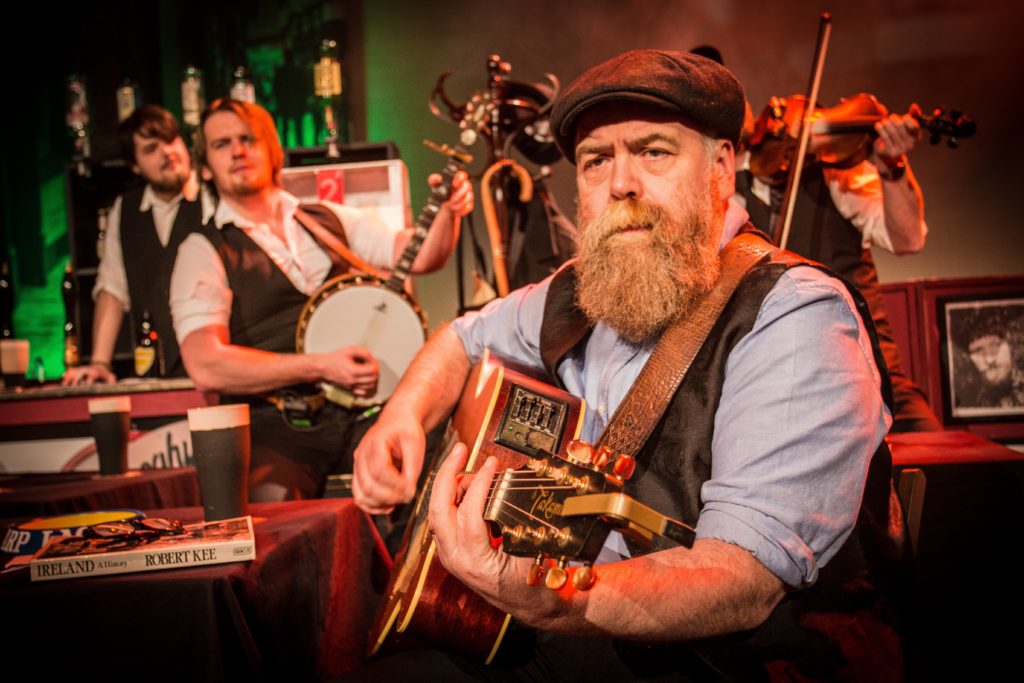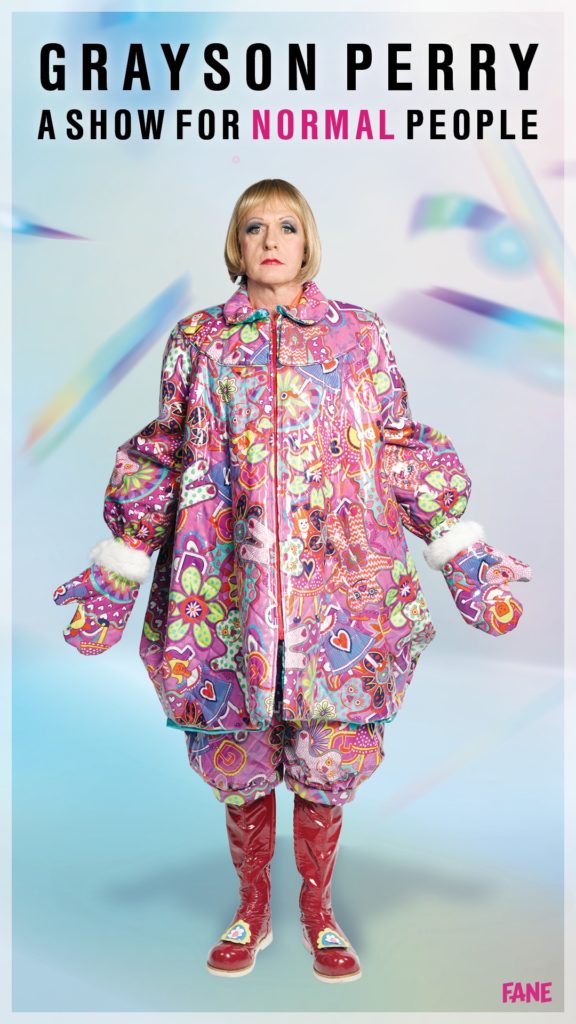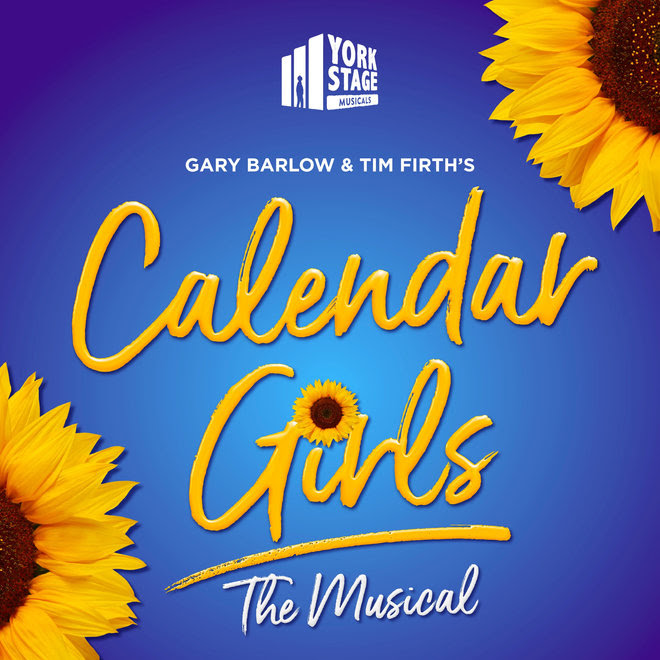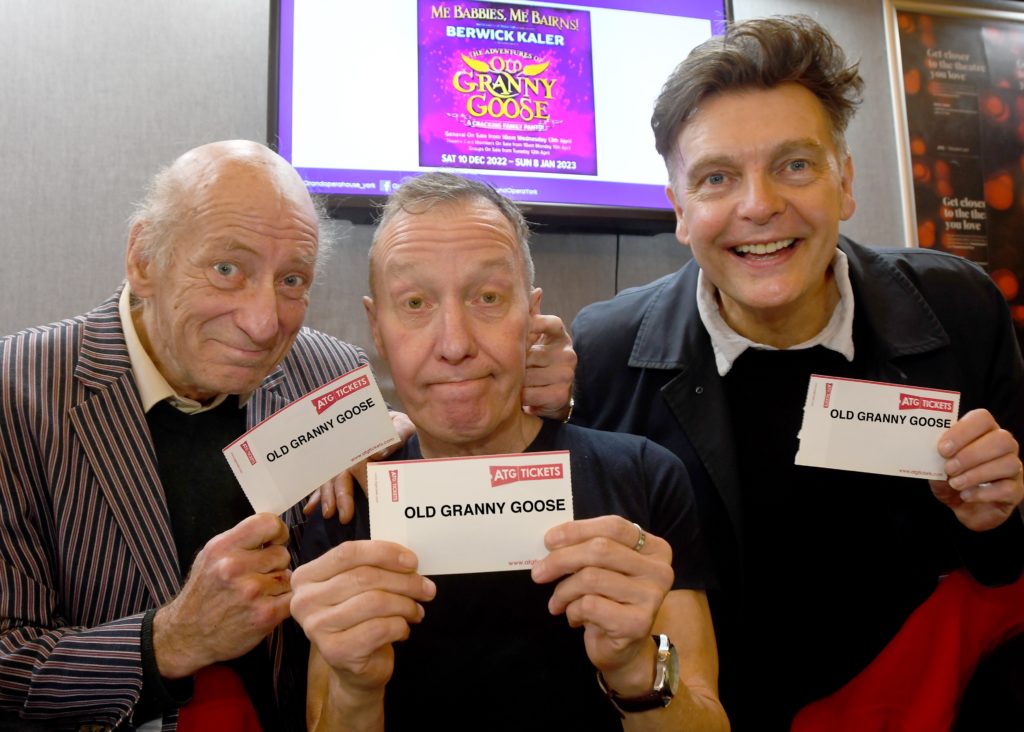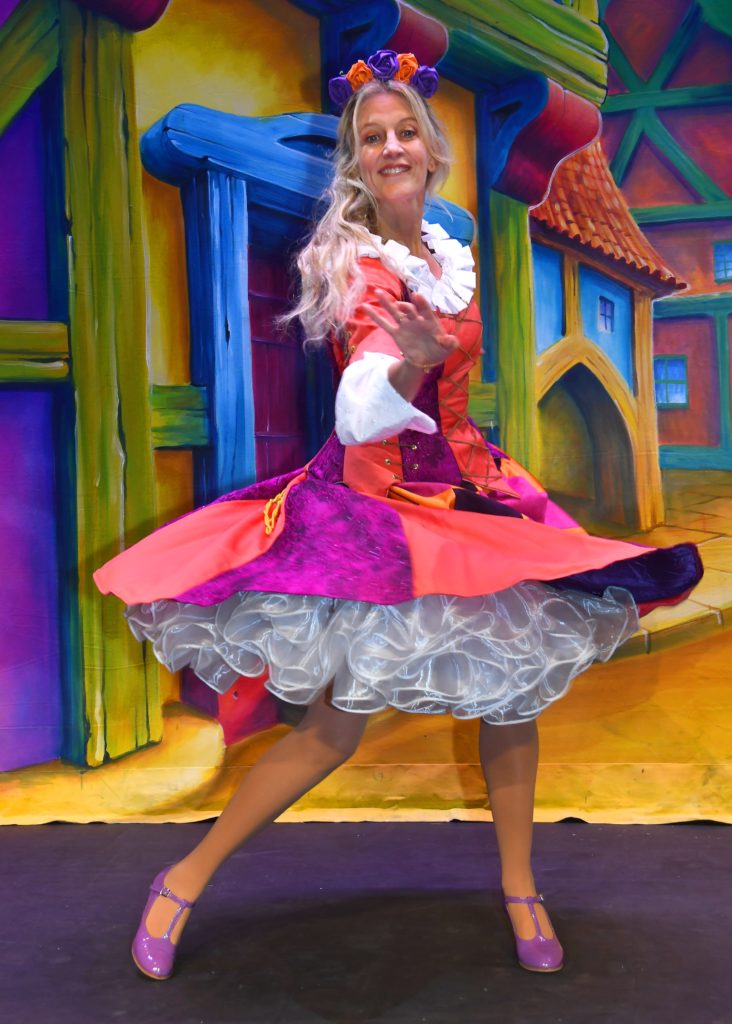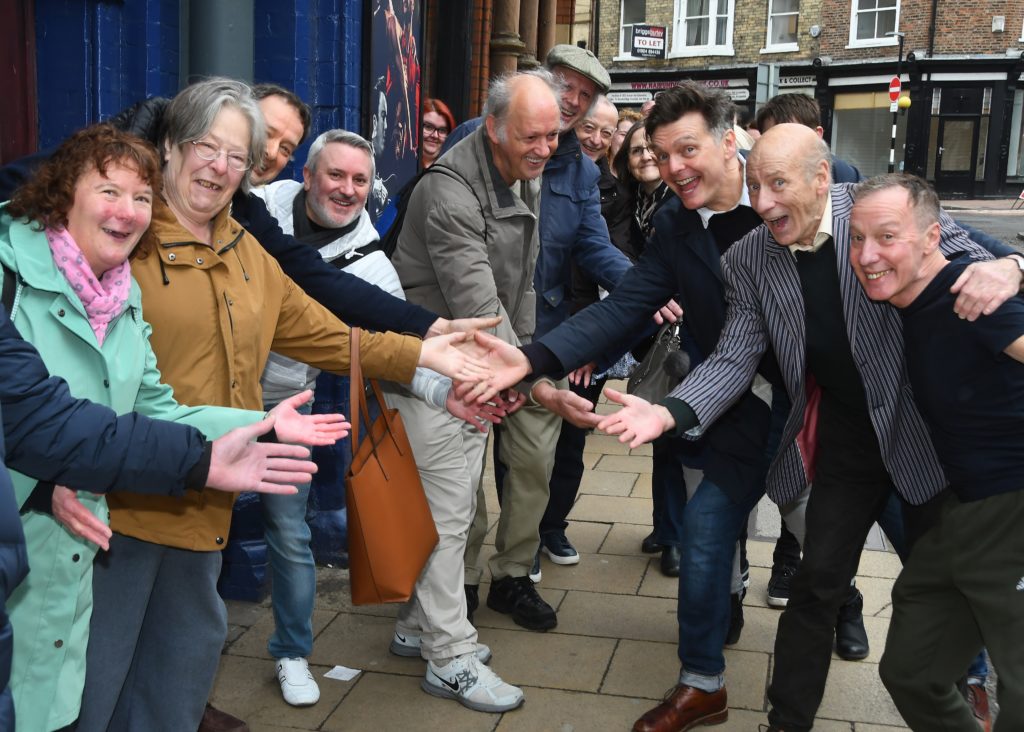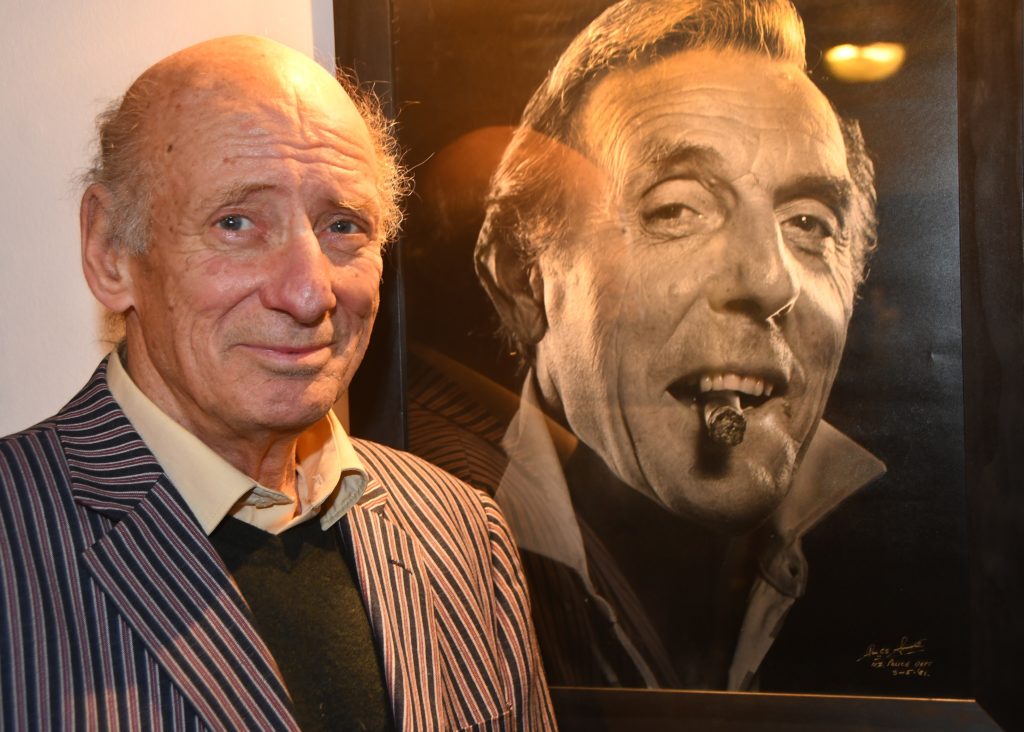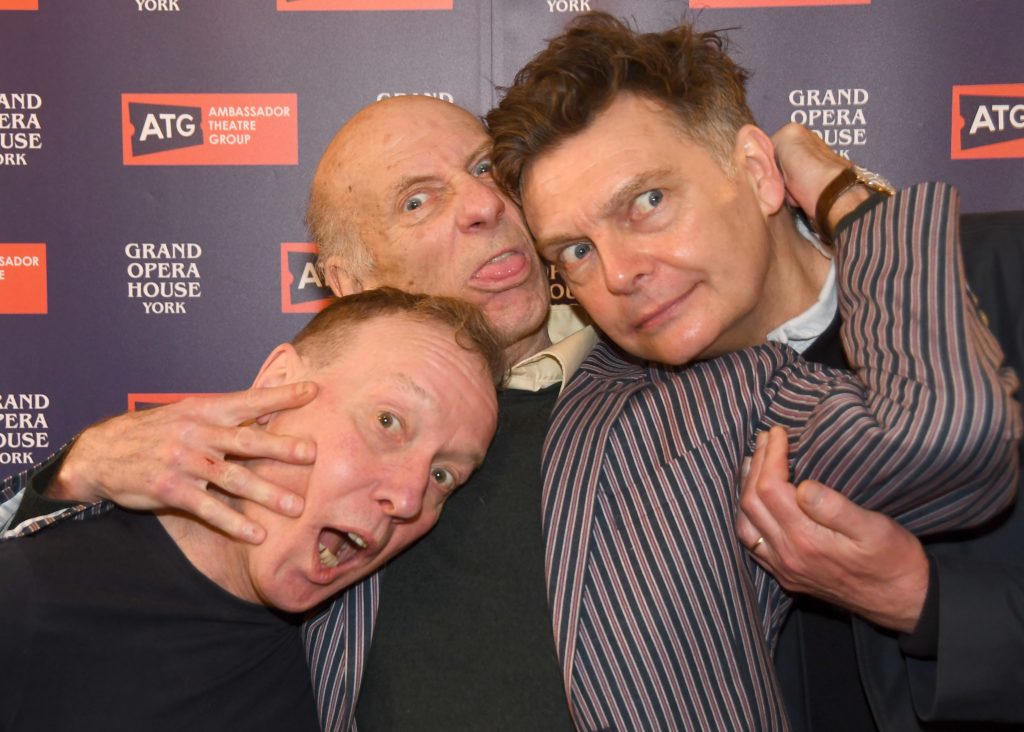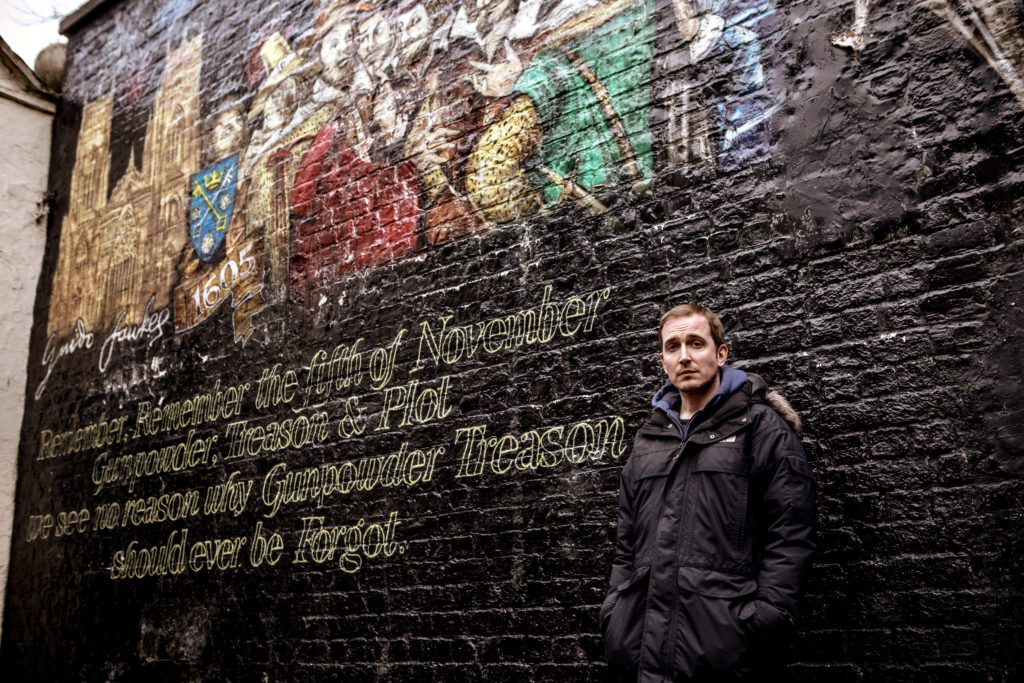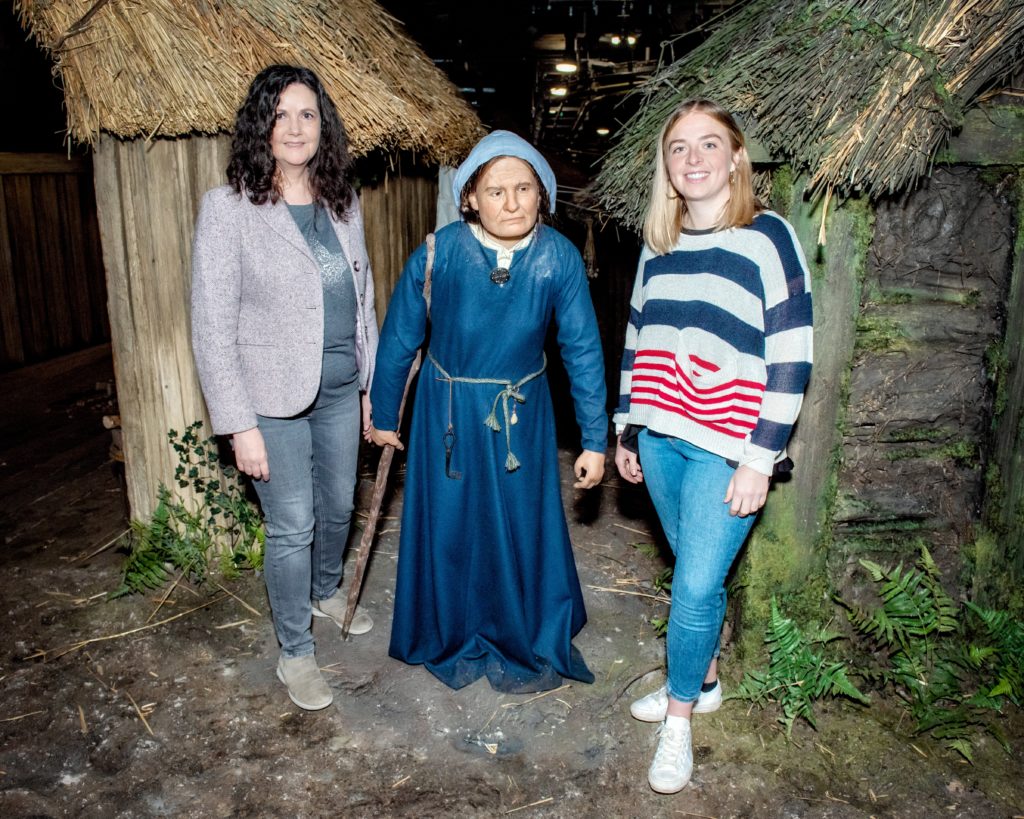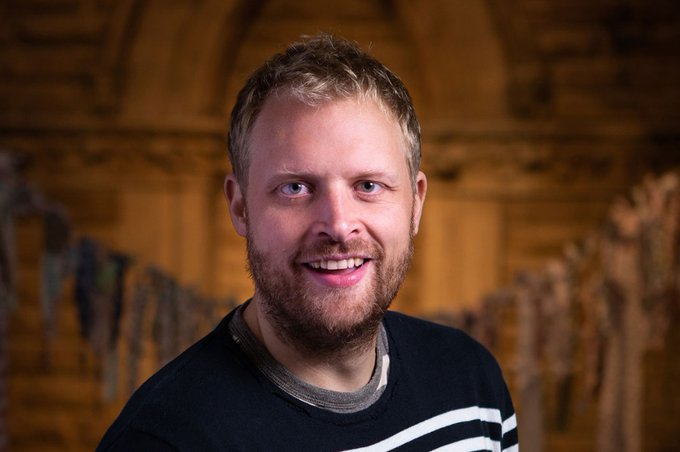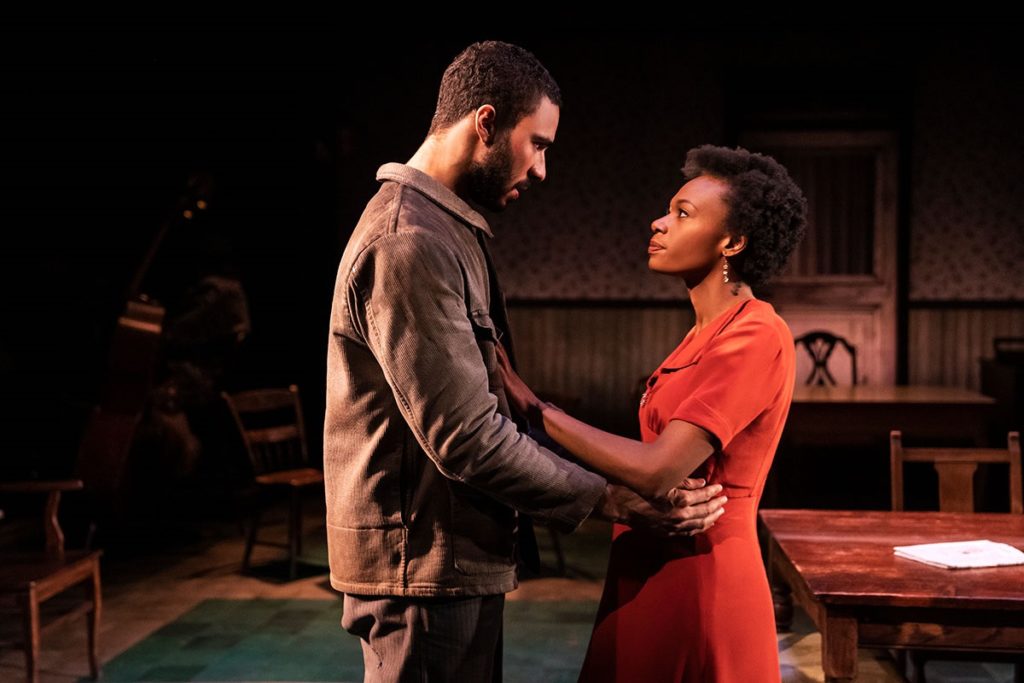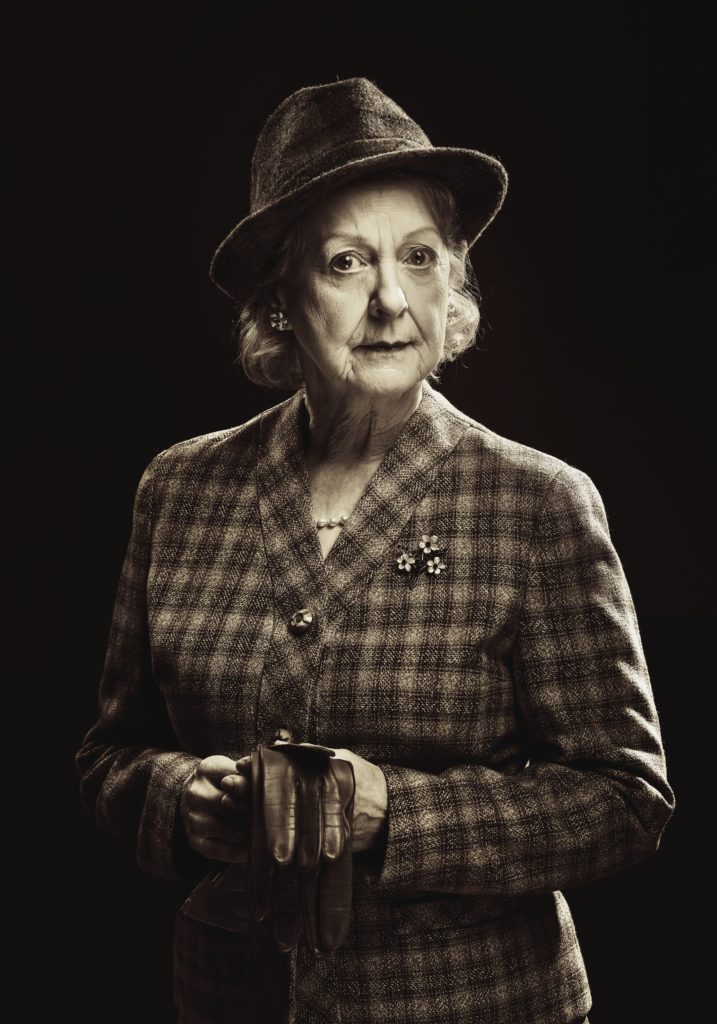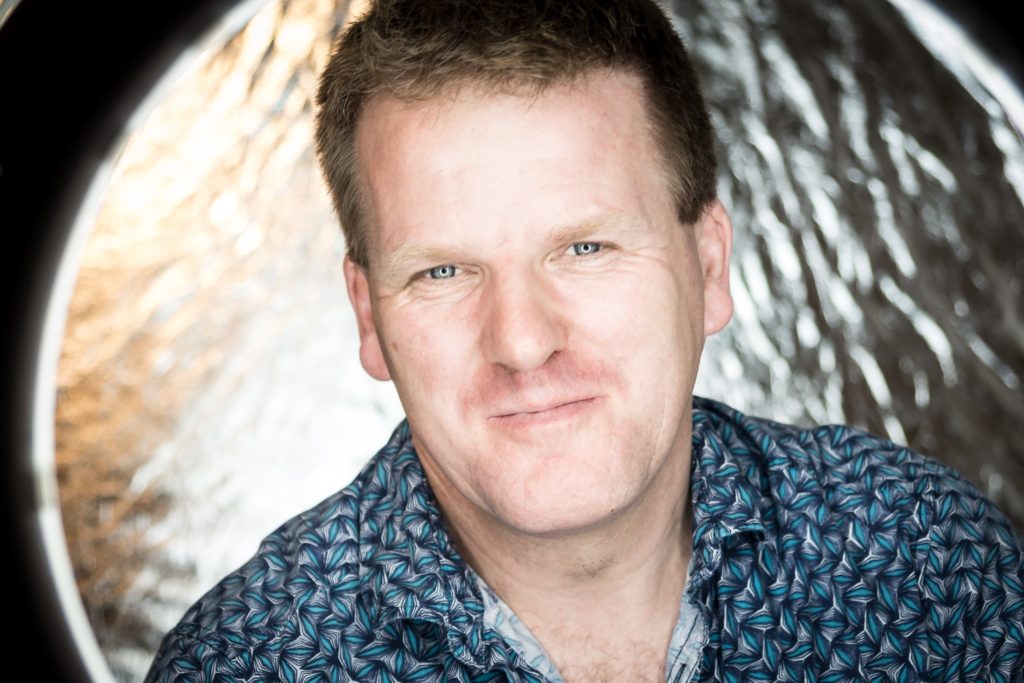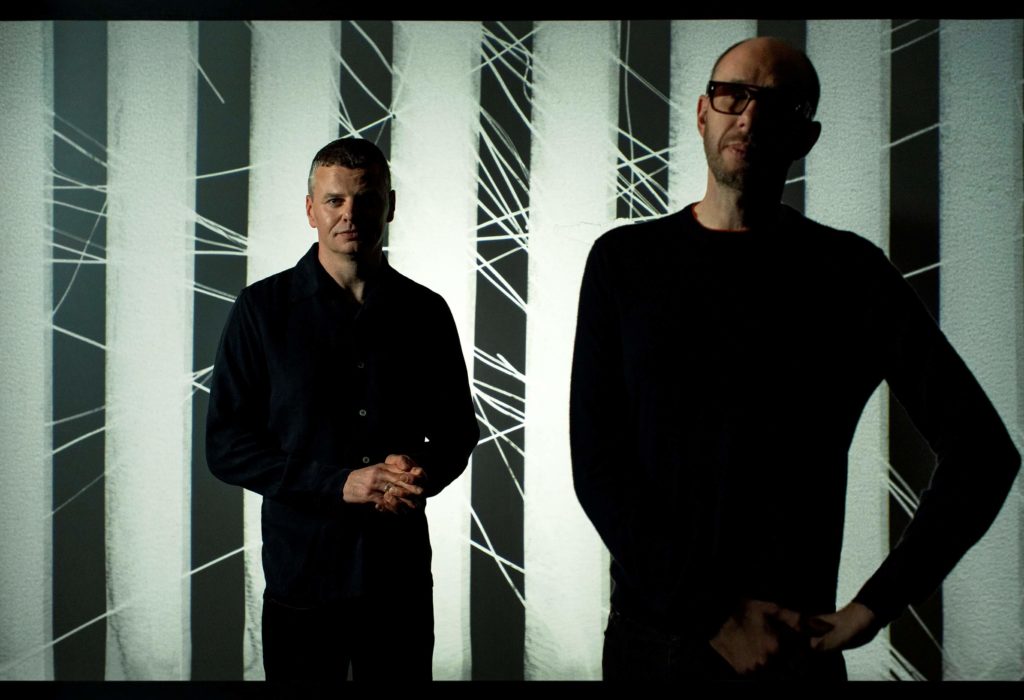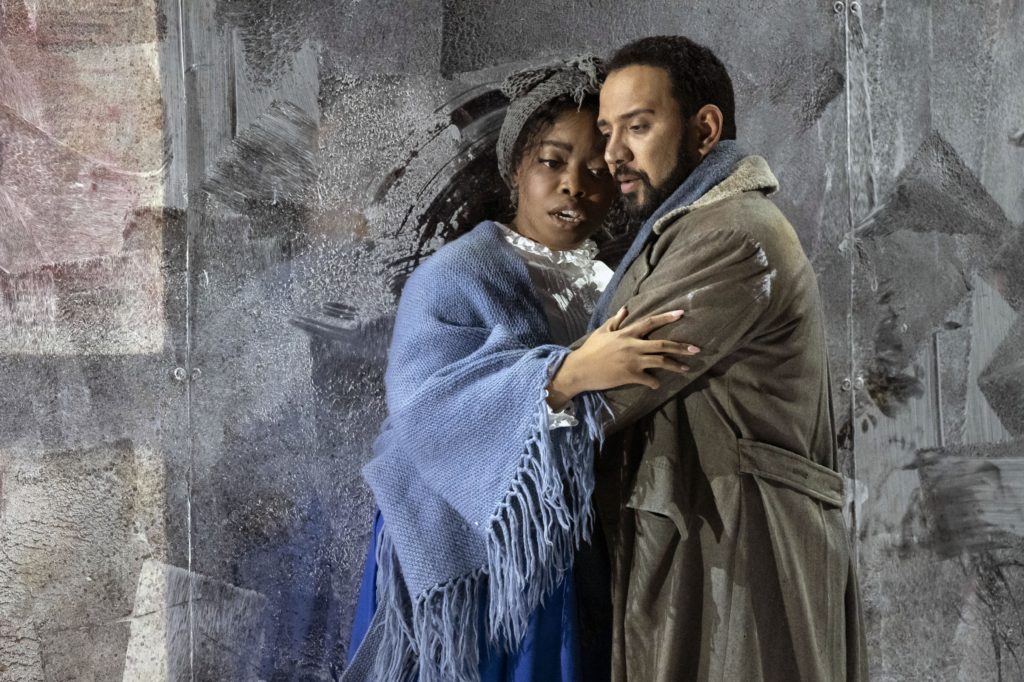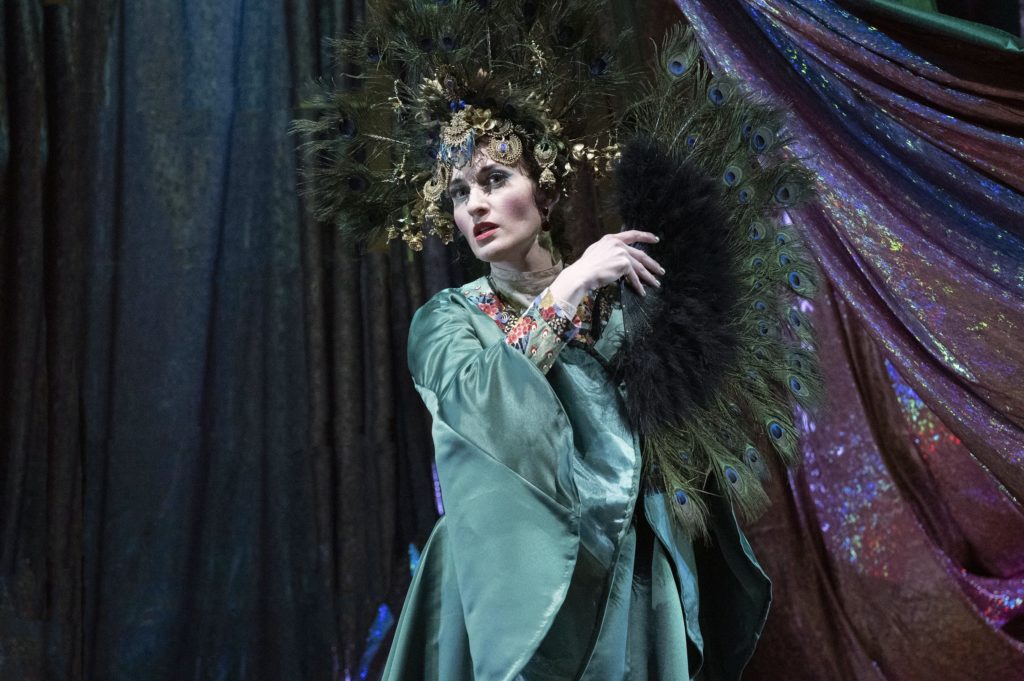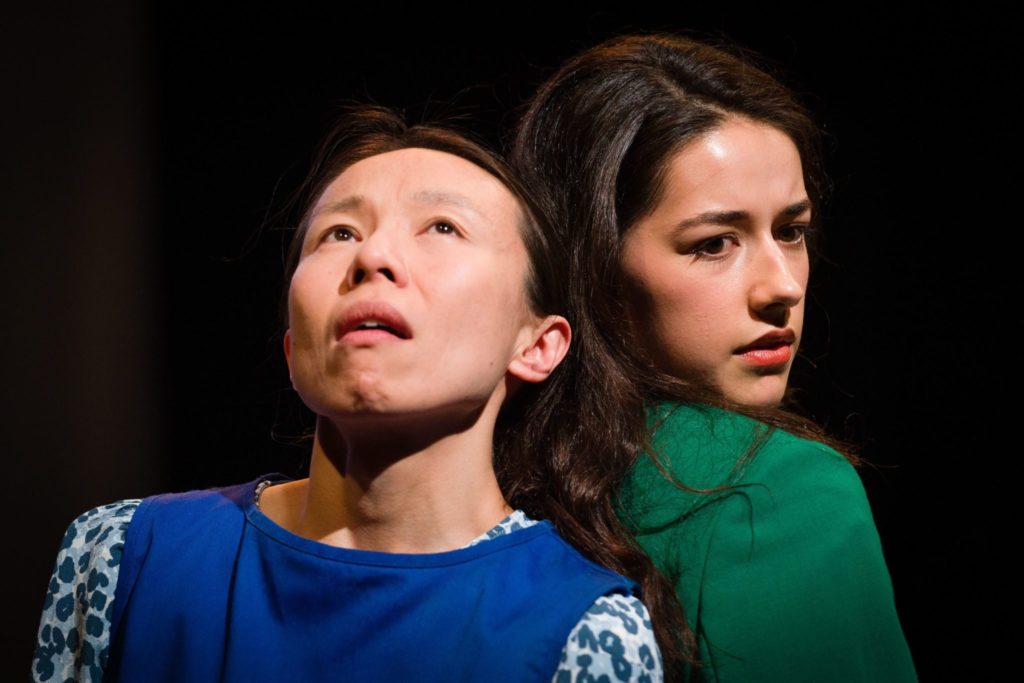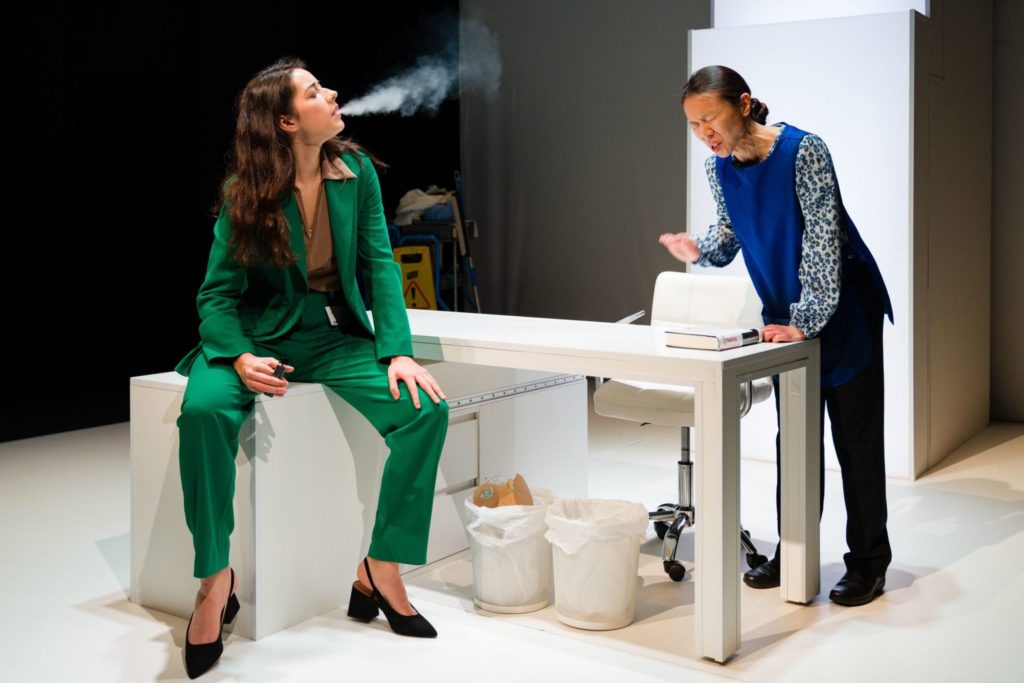
CBEEBIES superstar and children’s favourite Justin Fletcher presents an all-singing, all-dancing spectacular extravaganza in Justin Live! The BIG Tour at York Theatre Royal on Thursday and Friday.
Over 20 years, Justin has become a TV institution, piling up BAFTA award-winning appearances on Something Special, Justin’s House, Jollywobbles, Gigglebiz and Gigglequiz, as well as providing character voices for Tweenies, Boo, Toddworld and Shaun The Sheep, latterly voicing Shaun in the Aardman movie Farmageddon.
Tickets for his 11am and 2.30pm performances, presented by Imagine Theatre, are on sale on 01904 623568 or at yorktheatreroyal.co.uk.
Here Justin discusses his new live show and his inspirations with CharlesHutchPress.
What inspired you to make your first step into children’s entertainment?
“As a child, I used to watch Playschool with Johnny Ball, Derek Griffiths and Floella Benjamin and loved acting out the stories. During my three-year course at drama school, I was inspired by Philip Schofield and Chris Jarvis in the CBBC Broom Cupboard and thought I’d like to perform in some family theatre and television.
“I put a show reel together and managed to secure an audition for the theatre tour of Playdays, which was the show that took over from Playschool, and I landed the part of Mr Jolly. That was the very first part I played, which started my career in family entertainment.”
Who was your inspiration when growing up?
“I was very much inspired by the comedy duo Laurel and Hardy. I used to watch their slapstick routines over and over again. They had such an amazing chemistry between them.”
How has the world of family entertainment changed over the years and have you had to adapt your approach?
“The choice of family entertainment on television is now huge, whereas when I was a child there was a very limited number of programmes available to watch. However, having a good, strong, story-based script and engaging characters is still the key to having a successful programme.”
Although best known for your TV shows, you have produced and performed in plenty of theatre shows too. How important is live theatre for children and what do you enjoy most when playing to a theatre full of young people?
“Creating many family theatre productions over the last two decades has been incredibly important to me and hugely enjoyable. There’s nothing like performing on stage and meeting the families that support you and your television shows.
“Children’s theatre is so important, as it’s quite often their first live show experience. We’re hoping to inspire the next generation of theatregoers.”

What do you enjoy about touring a live show?
“We have an amazing production team who work extremely hard to prepare the show before it goes out on the road. We’re like one big family. From the performers to the lighting and sound operators, the catering team, and the backstage crew, we’re all working together to put on the production.
“We also support each other whilst out on the road, which is really important when you’re away from home for fairly long periods of time. Touring provides a fantastic opportunity to experience so many different towns and theatres across the country and to meet so many new friends along the way.”
How did you start the creative process for writing Justin Live! The BIG Tour show and what inspired you?
“It always starts with a storyline. Once you have that in place, I think about the music content. Music is a vital element of all my shows, and I try to write some original songs myself, as well as featuring some of the much-loved traditional songs too.”
The BIG Tour will be full of slapstick. Why is this form of comedy timeless?
“Slapstick comedy has such wide appeal. It’s great when children and their families laugh out loud watching comedy routines by performers like Laurel and Hardy, Charlie Chaplin and Buster Keaton. It’s a timeless format and you can’t beat the sound of belly laughter coming from the audience from children and adults alike.”
What interactive fun and games can audiences expect in the BIG Tour show?
“When children and their families come to see my shows, I don’t try to create a show that is simply to be watched, I create a show that they can be a part of. I love audience participation and almost every song we do is interactive and we always end with a big party that everyone can join in with.”
What are your favourite songs in the show?
“I love the action songs that we usually start the shows with. You can’t beat seeing the audience join in with classic songs such as Head, Shoulders, Knees And Toes, If You’re Happy And You Know It and The Hokey Cokey.
“Then, in a heartbeat, we can fill the auditorium with magical stars and all join in singing and signing Twinkle Twinkle. That’s the beauty of live theatre, you never quite know what’s coming next!”
Why should people come to Justin Live! The BIG Tour?
“It’s been a very long time since we’ve been able to tour. I can’t wait to get out on the road and to meet all of our friends once again.”
How would you sum up the show in three words?
“Fantastic family fun!”
